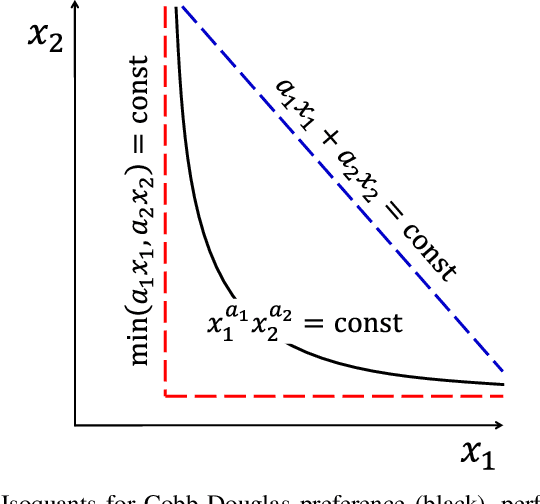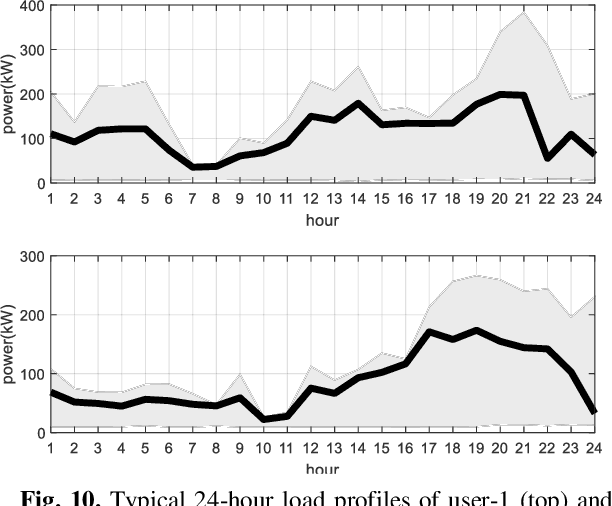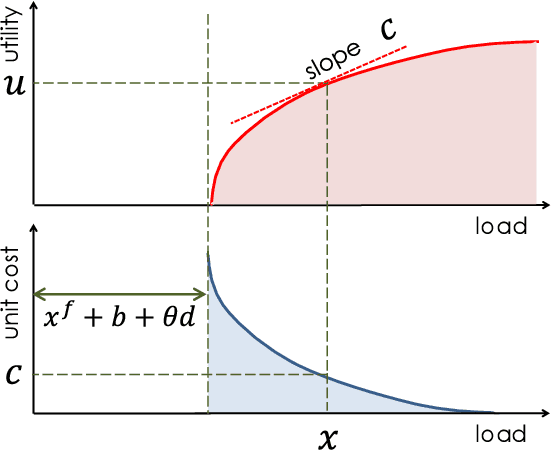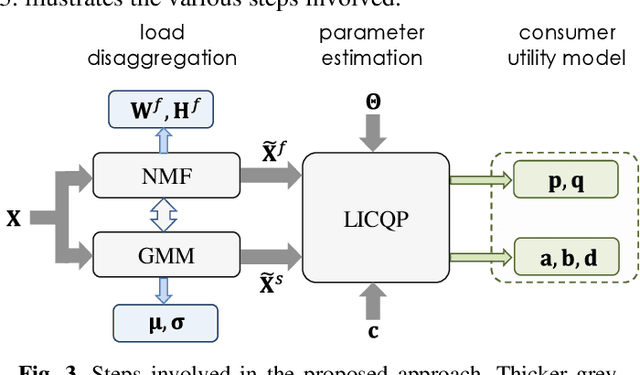A. Khaled Zarabie
A Data-Driven Machine Learning Approach for Consumer Modeling with Load Disaggregation
Nov 04, 2020



Abstract:While non-parametric models, such as neural networks, are sufficient in the load forecasting, separate estimates of fixed and shiftable loads are beneficial to a wide range of applications such as distribution system operational planning, load scheduling, energy trading, and utility demand response programs. A semi-parametric estimation model is usually required, where cost sensitivities of demands must be known. Existing research work consistently uses somewhat arbitrary parameters that seem to work best. In this paper, we propose a generic class of data-driven semiparametric models derived from consumption data of residential consumers. A two-stage machine learning approach is developed. In the first stage, disaggregation of the load into fixed and shiftable components is accomplished by means of a hybrid algorithm consisting of non-negative matrix factorization (NMF) and Gaussian mixture models (GMM), with the latter trained by an expectation-maximization (EM) algorithm. The fixed and shiftable loads are subject to analytic treatment with economic considerations. In the second stage, the model parameters are estimated using an L2-norm, epsilon-insensitive regression approach. Actual energy usage data of two residential customers show the validity of the proposed method.
 Add to Chrome
Add to Chrome Add to Firefox
Add to Firefox Add to Edge
Add to Edge